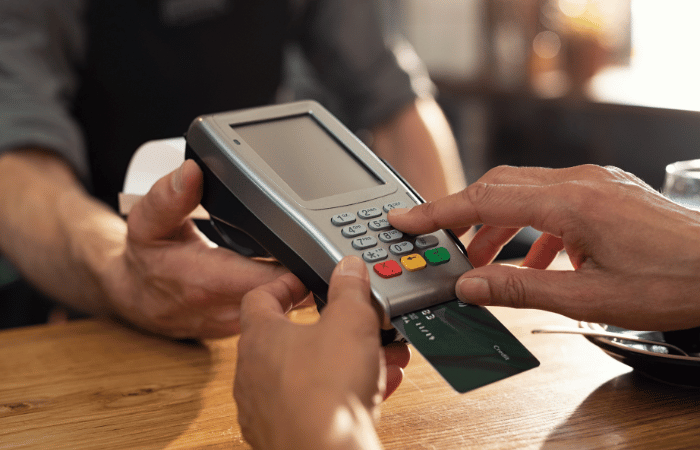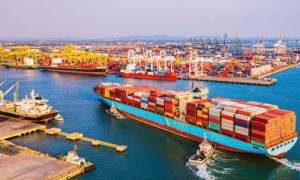Card payments in the Philippines are set to grow by 10.1% in 2023 to reach PHP2.5 trillion ($45.3 billion) in 2023, forecasts GlobalData, a leading data and analytics company.
GlobalData’s Payment Cards Analytics reveal that the card payments market in the Philippines registered a growth of 12.3% in 2022 to reach a value of PHP2.3 trillion ($41.1 billion), supported by the economic rebound and rise in post-pandemic consumer spending.
Kartik Challa, Senior Analyst Banking and Payments at GlobalData, comments: “Cash has traditionally been the most popular method of payment among consumers in the Philippines, mainly due to its high unbanked population, inadequate banking infrastructure, and limited consumer awareness of electronic payments. However, following concerted efforts by the Filipino government and improvements in banking infrastructure, the country has seen a rise in card payments over the last few years.
“The pandemic also supported the growth of non-cash payment methods, with banks and merchants encouraging consumers to use digital payments to help contain the spread of the virus.”
The Philippines saw card payments by value decline by 5.6% in 2020, as the country was badly affected by the COVID-19 pandemic and its economy falling into recession. However, with an economic rebound and rising consumer spending, the Filipino card market revived in 2021, registering a 10.9% growth.
In 2022, there were 126 million debit cards in circulation in the Philippines, compared to just 10.9 million credit and charge cards. However, credit and charge cards are more popular than debit cards in terms of usage, accounting for 53.1% of card payments by value in 2022. This is mainly due to its instalment payment option and reward programs.
Challa continues: “While the card payments market is back on a growth trajectory following the pandemic, it is now confronted with new challenges in the form of rising inflation, which is affecting household spending as consumers look to cut down on unnecessary spending.”
In January 2023, the country’s central bank – Bangko Sentral ng Pilipinas raised the interest rate on credit cards to 3% per month (or 36% annually), up from 2% per month (or 24% annually), thereby making credit costlier.
Challa concludes: “The Philippine government’s initiatives to support the economy and businesses, coupled with growing awareness of digital payments among consumers and a rise in consumer spending are all expected to further drive the country’s card payments market. It is forecasted to grow at a compound annual growth rate (CAGR) of 7.5% to reach PHP3.4 trillion ($60.5 billion) by 2027.”



















